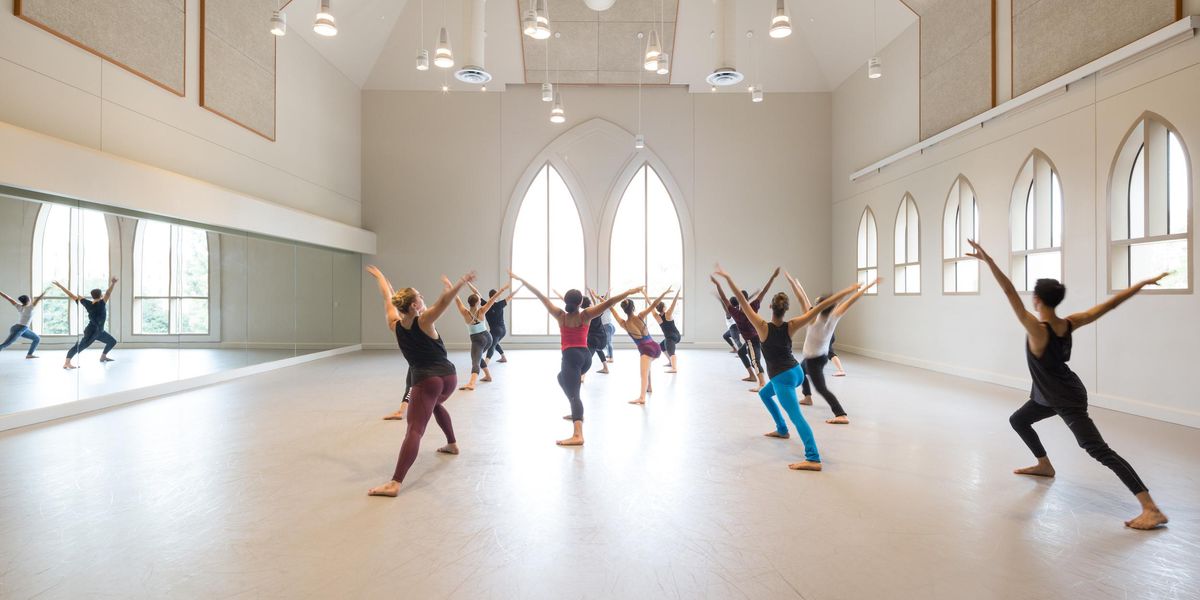Advice for Dancers
The other day I jammed my big toe into the floor doing quick ronds de jambe à terre. Strangely, this happened on both sides of the barre, causing a sharp pain as each big toe bent backwards. Did this occur from switching to softer split-sole canvas slippers? Or is it the result of the bunions that I’ve begun to develop over the years? I’m afraid I’ll eventually sprain my toes. —Manuela Pinggera, Bavaria, Germany
You’re right to ask questions to avoid future injuries. Next, make an appointment with a dance medicine specialist who can pinpoint your problem. While canvas slippers provide less support than say, old pointe shoes, weak toes may be the real reason. Dancers who lack sufficient core strength in the back, abdominals, and hip abductors that move the leg away from the mid-line of the body tend to have trouble elevating their foot, making it difficult to glide toes over the ground in a ronds de jambe. A physician can identify any underlying weaknesses and refer you to a physical therapist.
Then there’s the question of your bunions. Although dancing doesn’t cause this deformity, people who inherit a tendency for bunions often develop foot problems. Blame it on our ancestors the apes and monkeys, who needed a big toe instead of a thumb on their foot to walk upright once they came down from the trees. Ever since, people with a “simian” foot have a big toe that’s trying to return to its original thumb-like position, creating the bunion. Surgery isn’t an option for serious dancers until they retire, since it reduces the height of your relevé, due to stiffness in the joint. However, you can maintain correct alignment by taping a spacer between the first and second toes. If it’s any consolation, there are artistic directors who believe that bunions create a better line.
Why do some choreographers create works that abuse dancers’ bodies and cut short their careers? I was distressed to read that 36-year-old Darcey Bussell, the Royal Ballet ballerina, plans to retire in June after many injuries. My past ballet idols like Melissa Hayden and Margot Fonteyn danced into their 50s. What kind of message does this send to young dancers? —Kaitlyn, New York City
Let’s face it, art forms progress by pushing the limits. Yet as choreographer Meredith Monk has pointed out, “Dancers are not paints or materials that you can manipulate in every way.” They are human beings with strengths and weaknesses. George Balanchine used to accommodate dancers’ idiosyncracies into his works, even sometimes adapting steps, but many choreographers are sticklers. Much current work, with its blend of hip hop, modern, and ballet techniques, is more technically demanding. Still, if something hurts, it’s possible for dancers and choreographers to work together to find alternative movements that create a similar effect. Under the best circumstances, everyone benefits, from the choreographers who want the first cast to perform on opening night to the dancers whose bodies are able to hold out for a few more years.
I know I should prepare for life after college when I graduate from my BFA program in dance. But every time my mother mentions taking a computer course to get a good survival job, or my dad talks about the high cost of living in New York, I freeze. Is this normal? I’m aware that few modern dancers pay their rent from performing. I just don’t want to think about it until I have to. Frankly, nothing but dance interests me. —Feeling Stuck, Queens, NY
I can understand the paralysis. Graduation is scary for all college students. In your case, there’s the added dilemma of finding something to care about outside of dance that pays for the rent, food, dance classes, and the occasional massage. Dancer Rosalynde LeBlanc’s recent feature (“Turning Point,” December) highlights the anxiety that comes from living on a modern dancer’s meager salary. A high-paying survival job will make it easier to keep auditioning. And some jobs, like waitressing, are not dance-related but can offer flexible hours. Other BFA graduates find work through ArtSearch, a bi-monthly bulletin that lists employment opportunities in the performing arts (212-697-5230; www.tcg.org) and this magazine’s classifieds sometimes list jobs also. Then, there’s Career Transitions for Dancers (www.careertransition.org) which offers professionals a range of services, from free vocational counseling to scholarships and seminars on career planning topics (such as writing a resume). Call to schedule a visit at their offices in New York City (212-764-0172) or use their nationwide toll-free hotline if you live out of the area (800-581-2833). Tune in for our upcoming March issue, which has a special jobs segment.
Former New York City Ballet dancer Linda Hamilton, Ph.D., is a lecturer, a psychologist in private practice, and the author of
Advice for Dancers (Jossey-Bass). She has been offering advice to Dance Magazine readers since 1992.




